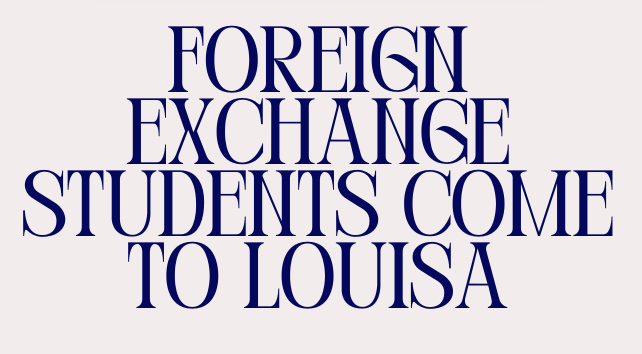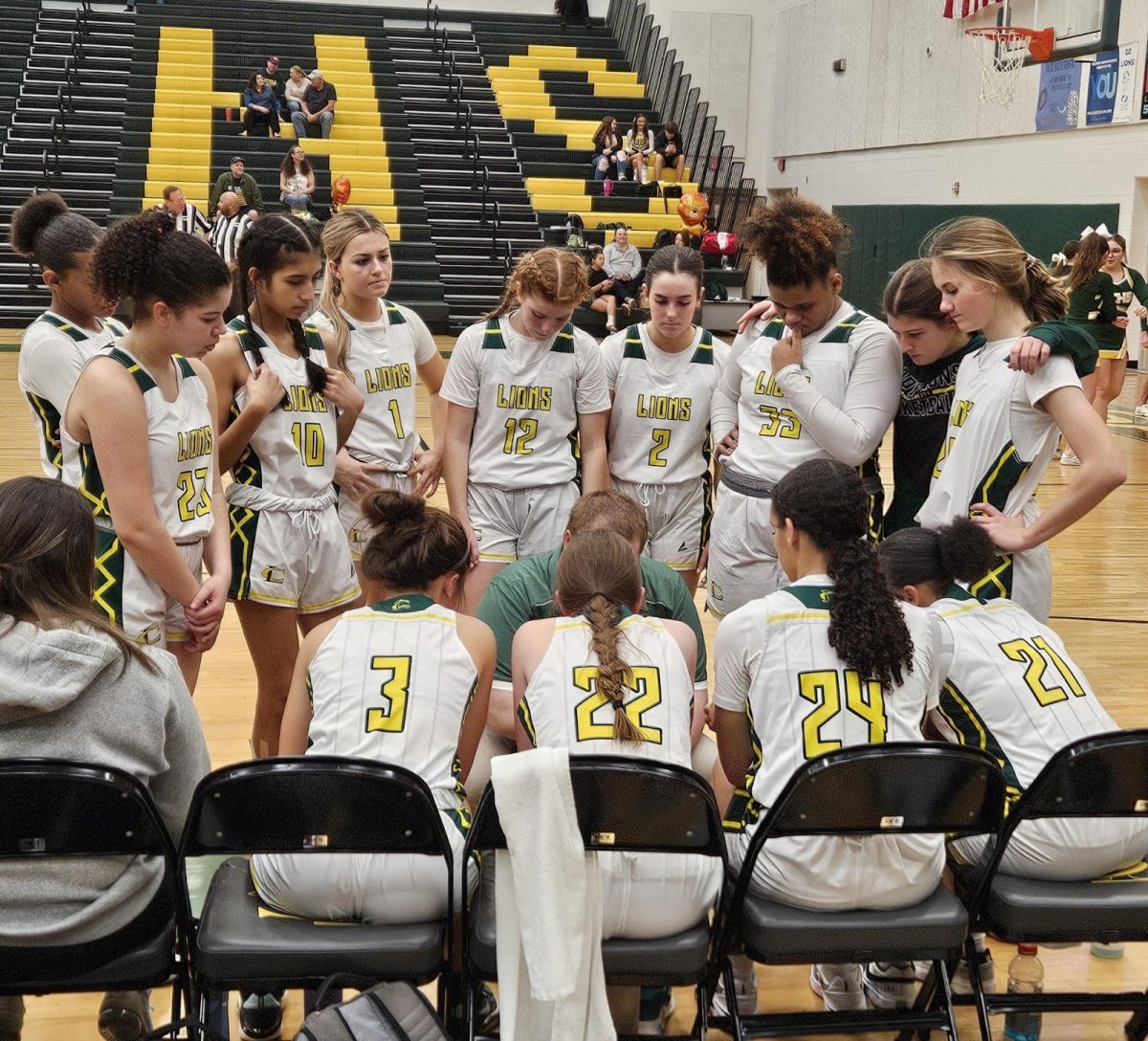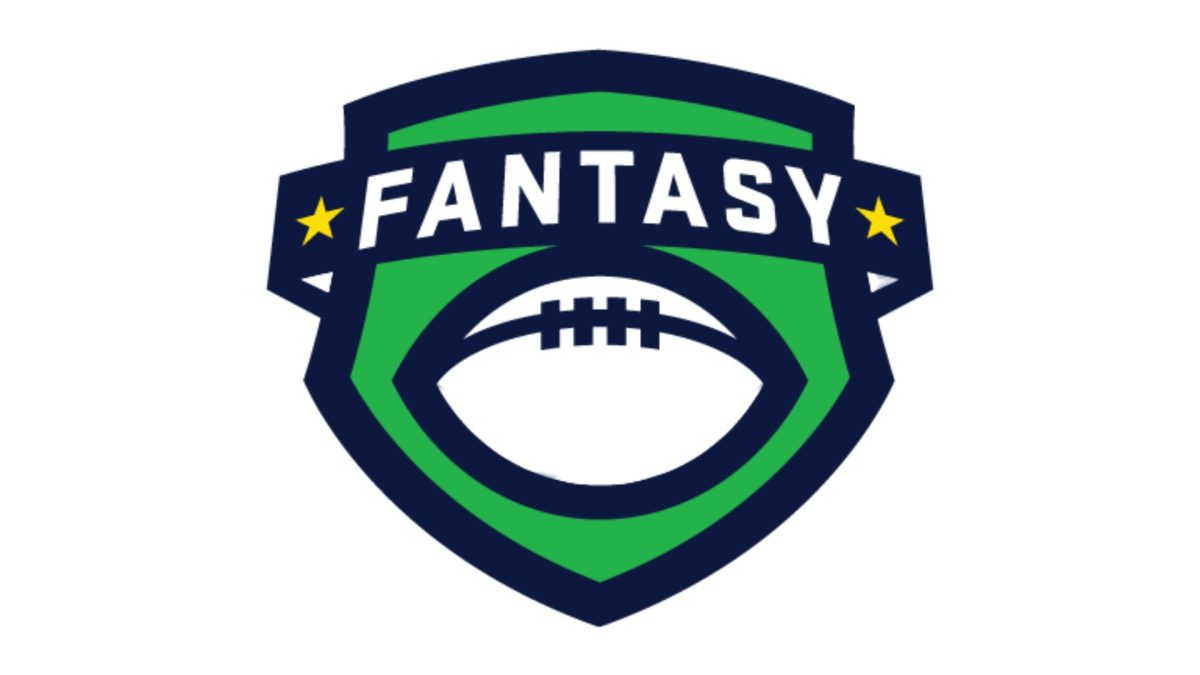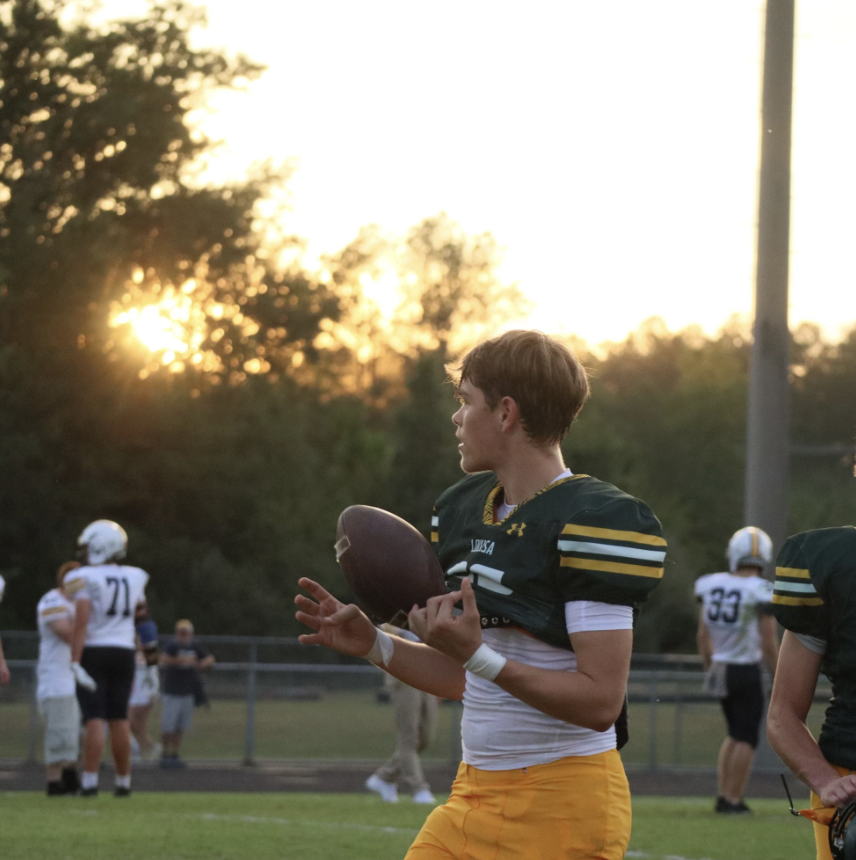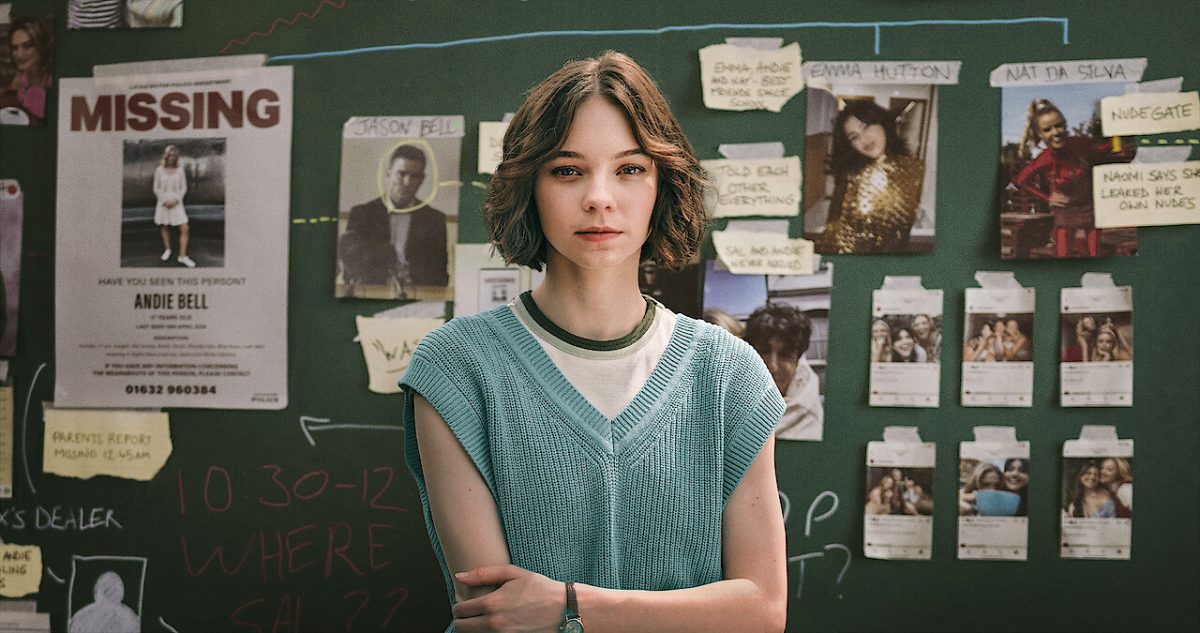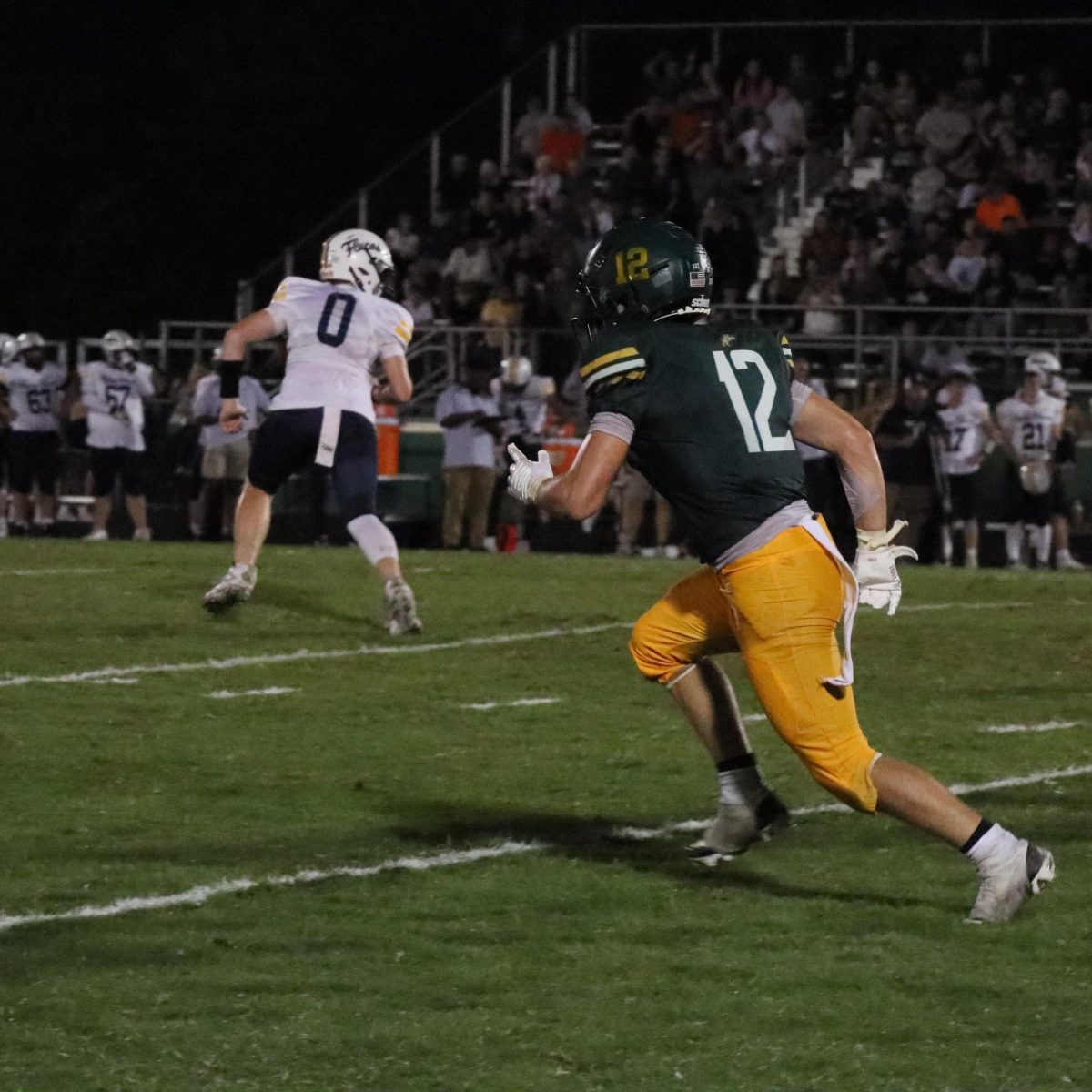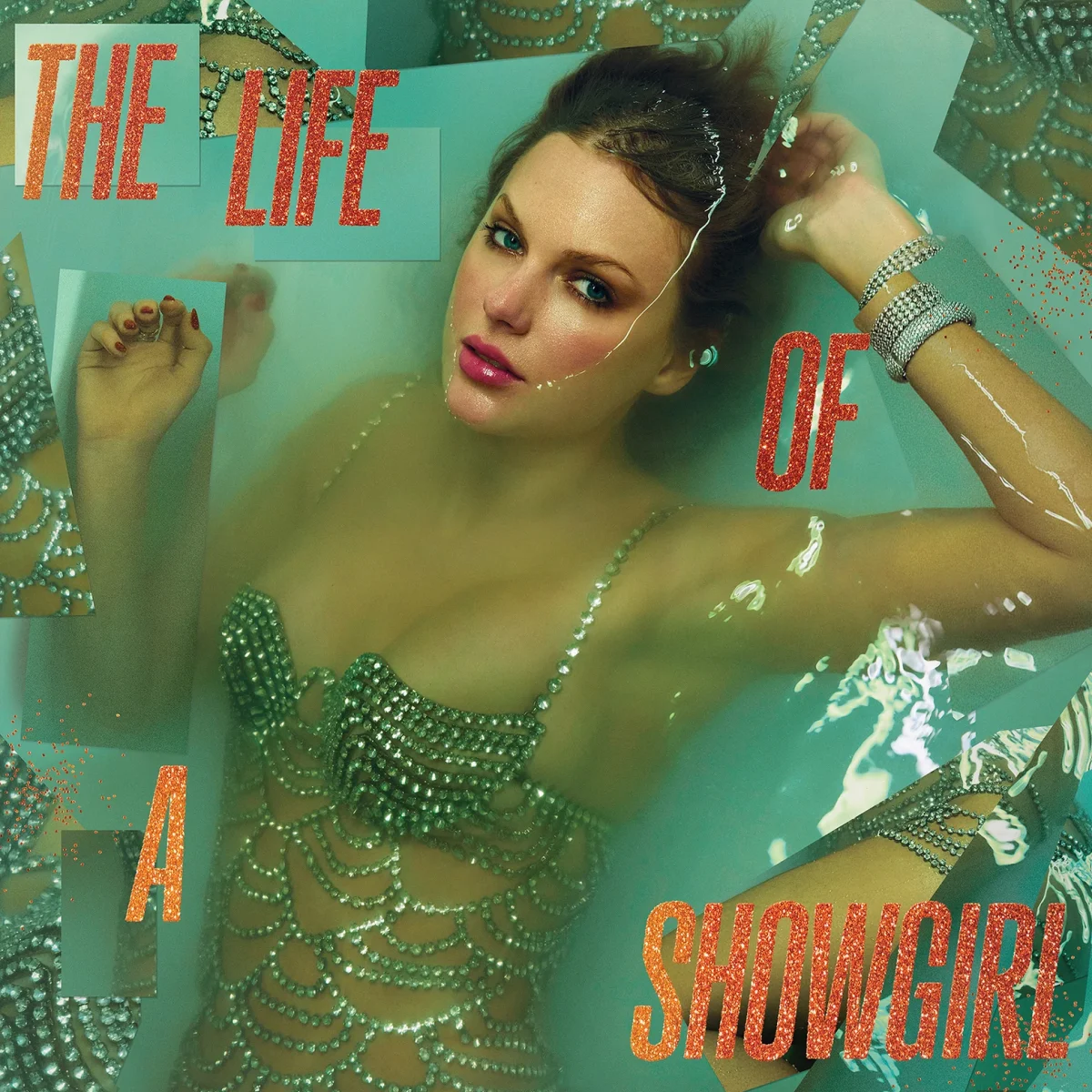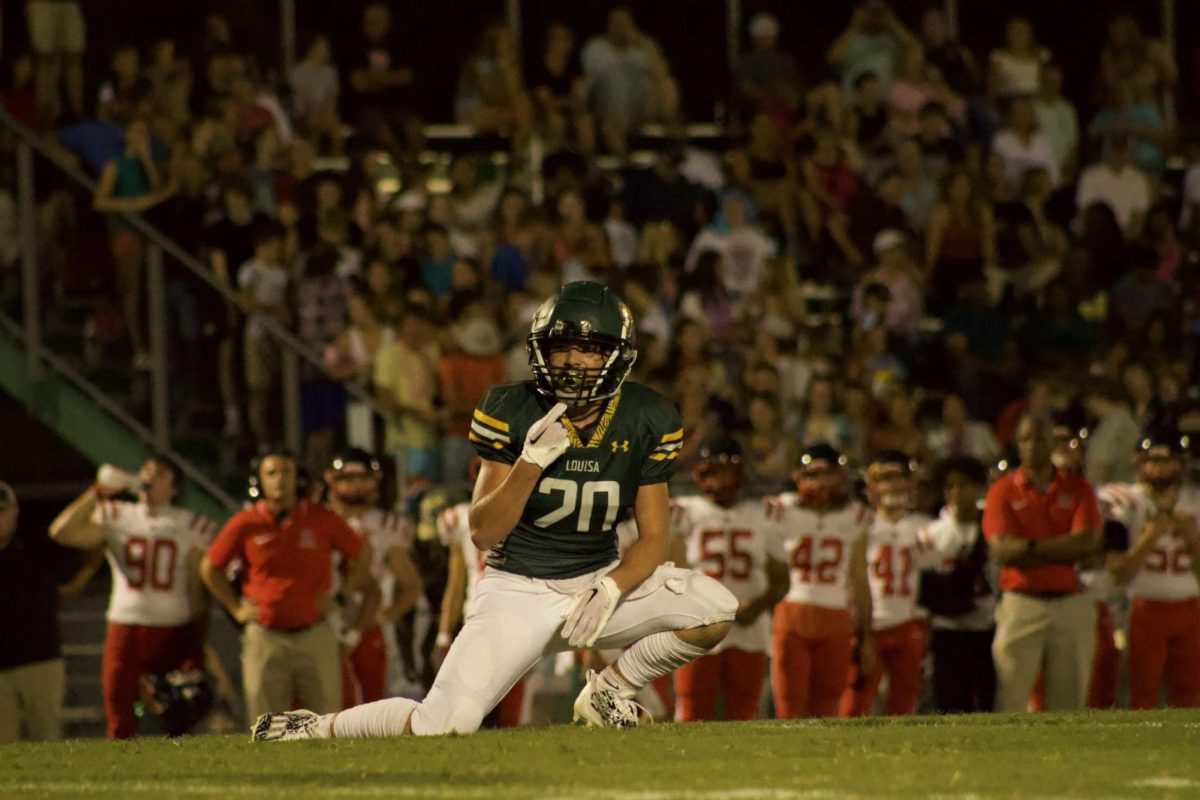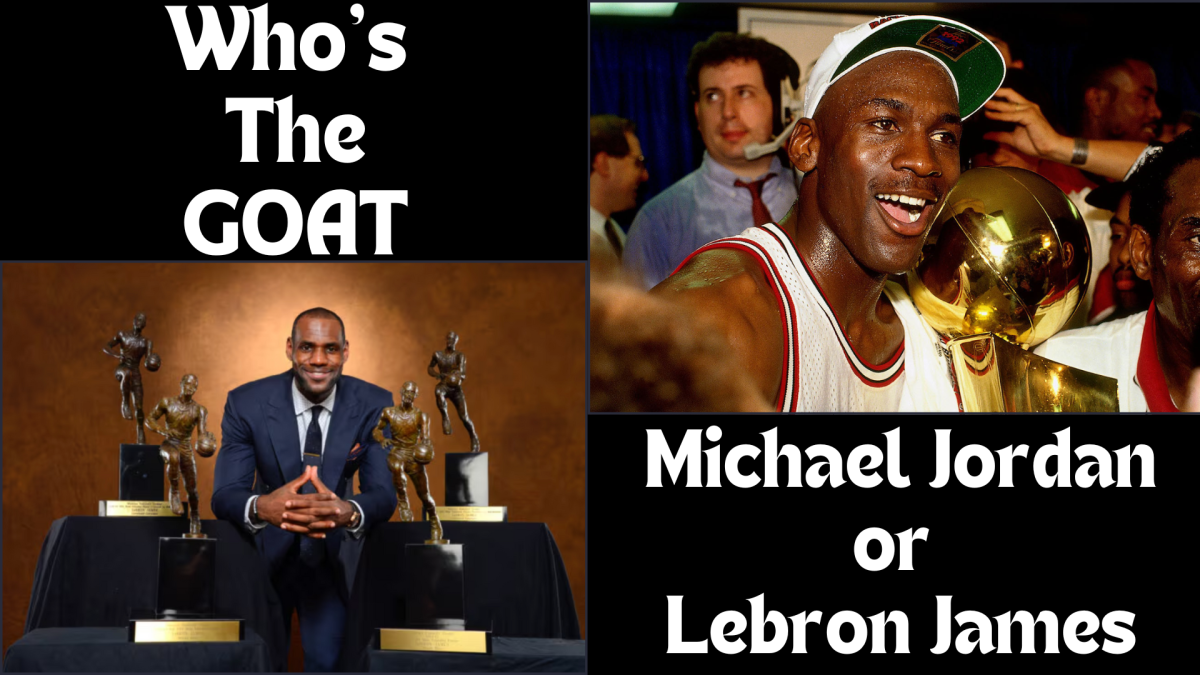According to United Way, equality is defined as “the state of being equal, especially in status, rights, and opportunities.” With a quick Google search of “gender equality in sports,” many different articles analyze the issue. Although around 50% of the human population is female, fairness is still a major issue that women are fighting for in collegiate and professional athletics today. From the late 1800s to the early 1900s, many athletic clubs and organizations were founded. Still, until 1972, when Title IX of the Education Act was passed, women were unable to compete with equal opportunities in sports.
A major issue that affects maintaining gender equality is gender bias. There are two different types of gender bias. Unconscious gender bias, which is the unintended favor of one gender, is when a person unknowingly or unconsciously makes a choice about what they’re going to watch or support because of their gender. The other type is conscious gender bias in which a person knowingly chooses a side and is mindful of their bias.
“I think that for whatever reason, male athletes are promoted more than female athletes due to gender bias,” baseball coach Kevin Fisher said.
Some people believe there’s gender equality between male and female athletes because of mixed sports. In sports like tennis, there are mixed doubles in which a male/female team plays on the same court at the same time together. This shows a certain gender equality because both athletes are spotlighted, like the 2006 team of Bob Bryan and Martina Navratilova and the 2007 team of Jamie Murray and Jelena Jankovic.
“I think tennis has a good example of gender equality with their doubles,” junior and tennis player Aubrie Sherry said. “Men and women are able to play together on the same team, having to collaborate to be successful.”
However, a big difference between athletes that affects how they are perceived is size and genetics, but that doesn’t specifically mean that there’s gender inequality. The average height and weight of a professional male basketball player is around 215 pounds and 6 to 6 ½ feet tall, while the average height and weight of a professional female basketball player is 6 feet tall and around 160 pounds. For tennis players, the average height and weight of a male player is around 6 foot 2 inches and around 177 pounds, while female players average about 5 foot 9 inches and 140 pounds.
“I feel males have an advantage over females because by nature they are just bigger, stronger, and faster than females,” softball coach Susan Sharpe said. “I was reading an article about Lia Thomas and it touched on how lung capacity and hand size provided a big benefit. I never thought about it before, but in swimming it provides a big advantage.”
However, in other cases of inequality, whether in a professional or collegiate athletic event, uniforms are a big difference. In sports like beach volleyball and track, women have less coverage, with midriff shirts and bikini bottoms, which is partly for comfort. In tennis, a lot of the women wear skirts that make them look more feminine. Still, skirts are also worn for comfort and mobility reasons.
In some cases though, women don’t feel comfortable wearing the uniforms, and as a result, many have started to reject the dress code. The dress code can have negative effects on how women view themselves, creating health problems and an uncomfortable sense of being in their bodies because people are more focused on how they dress rather than their performance and athleticism. It could be distracting due to the difference in uniforms because, according to The Beacon of the University of Portland, “where women are playing in bikinis or short, tight-fitting spandex, men are clad in long, loose shorts and tank tops.” Furthermore, many high school athletes, or regular students, watching these female athletes (collegiate and professional athletes) while they perform, see these athletes dressed in the clothes, and this tends to hurt the adolescent viewers because of how it reflects on their attitude and the way they see themselves, putting them at risk for body image issues.
“By the time girls reach their teen years, their participation in sports drop, with 45 percent of this pattern attributed to self-consciousness and body image related concerns,” according to an article from The Lowell.
I feel that because of gender bias, women’s collegiate and professional athletes are disregarded in terms of recognition, with many commentators focusing on how talented male athletes are compared to how female athletes look.
“It’s all about luck with the females,” professor at the University of Delaware James Angelini said. “It’s all about ability with the males.”
At times, it seems to me that people forget that males and females excel in different parts of the sport, and on certain occasions, male athletes are more preferred than females because they’re “showier.” The lack of good recognition directly affects their funding and sometimes performance.
Funding for male and female athletes differ in terms of salary and competition winnings. In an article on ESPN, 38 million dollars was awarded in 2018 to the winning men’s soccer team from the international soccer organization, Fédération Internationale de Football Association (FIFA), but only 4 million dollars was awarded in 2019 to the winning women’s soccer team. In the sport of basketball, according to Adelphi University, the average professional male athlete earns almost a hundred times more than female athletes, with males earning almost 11 million dollars compared to women only earning around 113,000 dollars annually. This usually occurs because of gender bias affecting viewership, where female athletes only get around 15 to 16% of media coverage, according to an NPR article.
“Funding is an issue because of viewership,” Fisher said. “The more people watch a particular sport, then the more companies and sponsors are going to be willing to pay television/streaming corporations. A large portion of that money is going to go to the athletes that produce the most viewership.”
Media plays a big part in promoting sports, whether it’s advertising, recaps, or the whole game/match/event itself, it can easily be found online. It can also help diminish inequality by promoting more equal recognition. The media is also connected to funding; the more views one gets, the more money is given, which is because of broadcasting and sponsorships, merchandise and advertising, fan engagement, and endorsements.
“Men’s sports are typically more popular than women’s, generating more views, views generate profit, and to promote more profit there are more advertisements, perpetuating the cycle,” senior Avery Turner answered in a survey.








